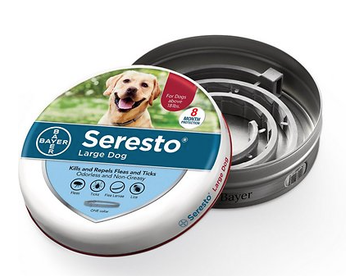
A sneak peek look at this week's veterinary headlines.


A sneak peek look at this week's veterinary headlines.

On this episode of The Vet Blast Podcast, Monique Y. Wells, VMD, MS, shares what inspired her to pursue veterinary toxicologic pathology, what her career entails, and more.

When it's time to treat canine vomiting, veterinarians have reliable medications in our toolbox. But when it's time to initiate vomiting in an emergency situation, options have been limited and off-label, until now. Sponsored by Vetoquinol.

The company stands firmly behind the pet flea and tick collar and its safety profile.

In observance of this special month, here are 5 articles that bust myths and misconceptions about toxicology in veterinary medicine, plus provide useful tips and tricks, and resources.

To help prevent stories like these, the Pet Poison Hotline recently created “Toxin Tails," an online platform that educates the veterinary community and pet owners about pet poisoning dangers.

Check out this week's highlights.

With the preponderance of serotonin-associated medications prescribed for both people and animals, veterinarians must know the potential for toxicity in their patients.

The prevalence of poison exposure in companion animals remains higher than ever. Make sure you know how typical toxins are treated.

Clevor adds another, simpler weapon in the veterinarian’s arsenal for inducing emesis following toxin or foreign body ingestion in canine patients.

When it comes to old wives tales, veterinary medicine has some doozies about what household items can hurt and help pets. No one know this better than a veterinary toxicologist who works at the Animal Poison Control Center.






A key to diagnosing zinc toxicosis is understanding what adverse affects it can cause in the body.

Quiz: Holiday myths debunked (8-Fact)

Pet-safe people food


Room-by-room look at poison proofing.

Provide this handout to your clients so they'll know what to do if they suspect their pet has injested or been exposed to a poisonous substance.

Bromethalin is one of the lesser known rodenticides on the market, and poisoning in dogs and cats is most likely underreported.

There have been numerous cases of dogs developing polyuric, oliguric or anuric renal failure within 12-72 hours of ingesting grapes and raisins.

The term mycotoxin generally refers to secondary metabolites of molds growing on foodstuffs, and the synthesis of many mycotoxins is genetically controlled.